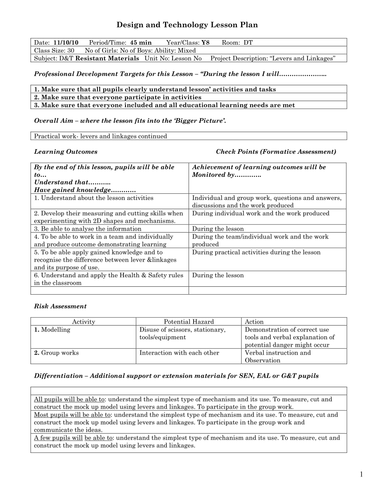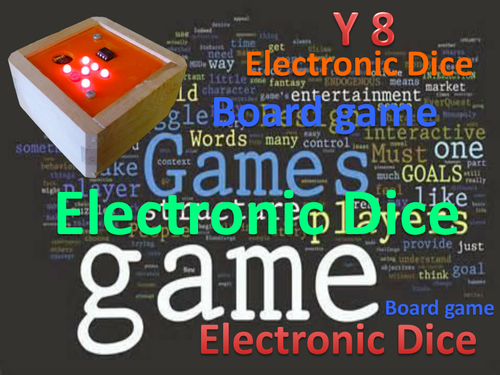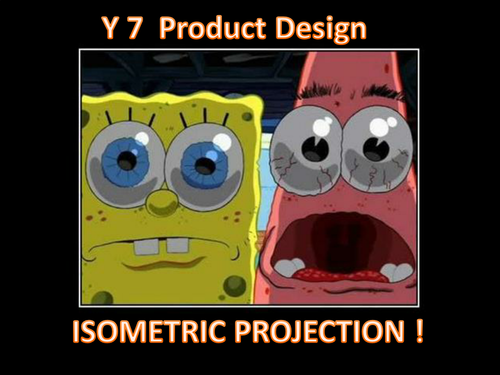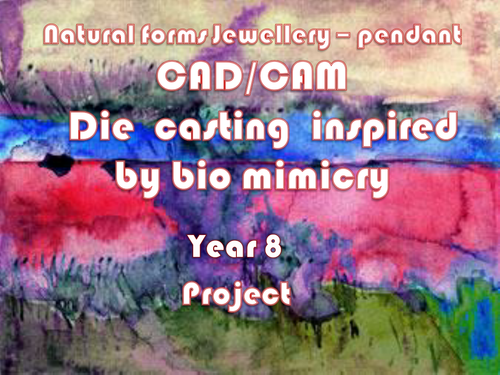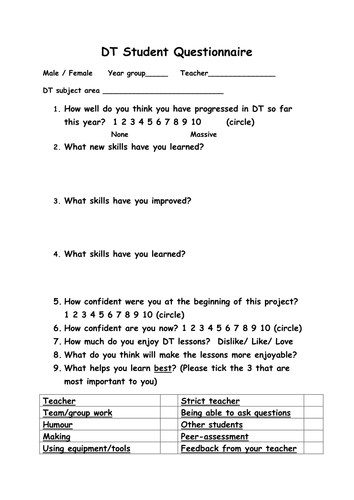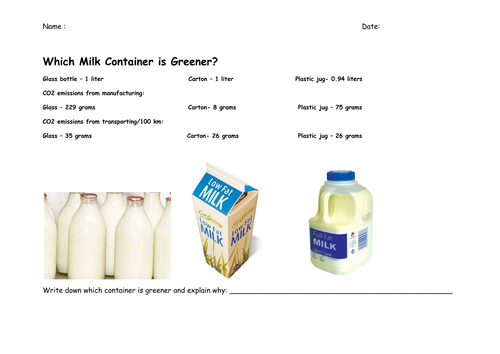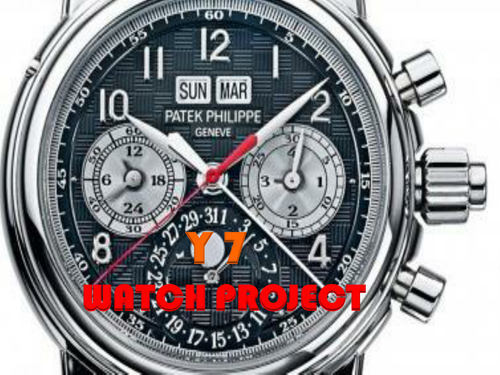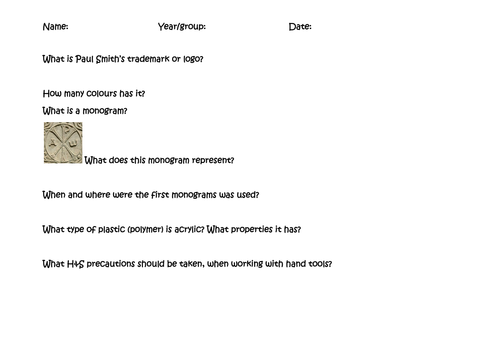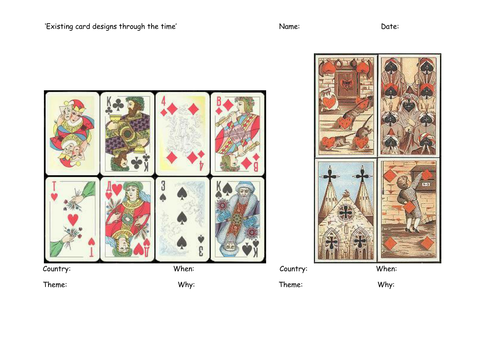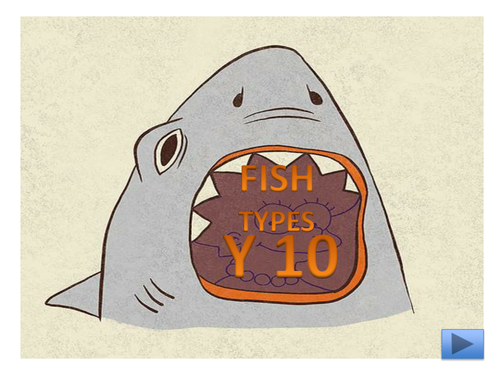Ms Maria's Magic Box
Welcome to Ms Maria's Magic Resources Box. Creativity is the key. Here you can find anything you might looking for: Visual Arts and Design Technology (some would be suitable for Science) teaching resources for any Curriculum and framework # UK # International # IB PYP#IB MYP #IB DP and many more adjustable to your taste and needs. Please follow my shop for any further updates, sales and promotions.



